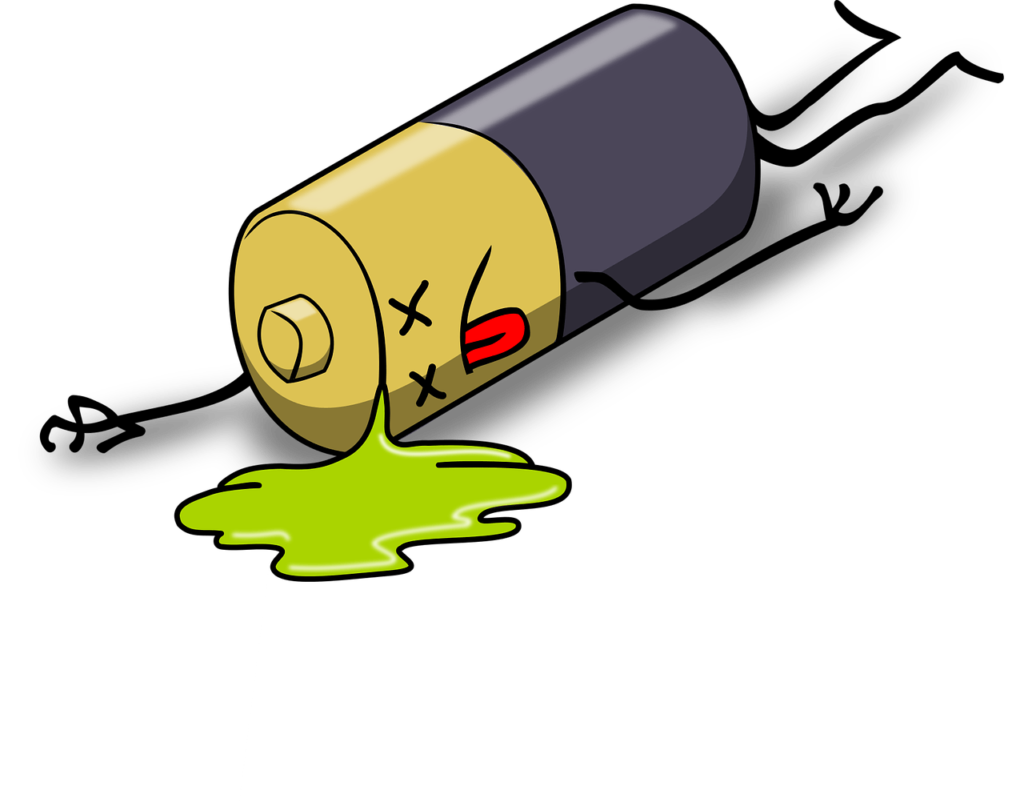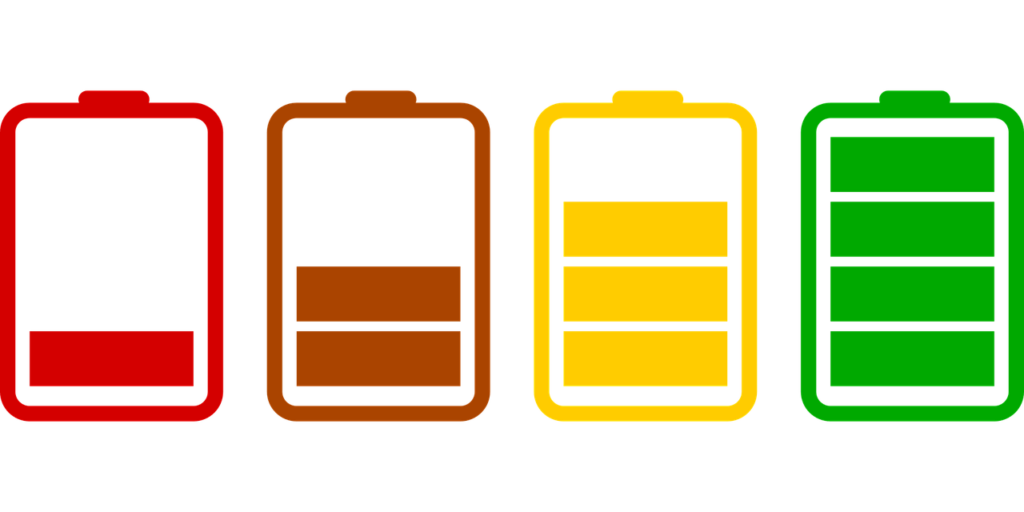Curious about how LFP batteries are transforming the performance of electric vehicles? Dive into this friendly and informative article to explore the world of Lithium Iron Phosphate (LFP) batteries in EVs. You’ll discover the strengths and benefits of LFP technology, including its impressive safety record, longevity, and affordability. By the end, you’ll have a clearer understanding of how these batteries stack up against traditional lithium-ion alternatives and why they are becoming a popular choice for many automakers and consumers alike. How Do LFP Batteries Perform In Electric Vehicles (EVs)?
Have you ever wondered how LFP batteries perform in electric vehicles (EVs)? If you’re considering an EV purchase or just fascinated by the technology, this question might have popped into your mind. Well, you’re in the right place to find out!
Introduction
Lithium Iron Phosphate (LFP) batteries have been gaining traction as a powerhouse for electric vehicles. These batteries are known for their high safety, long life, and relatively low cost compared to other lithium-based batteries. But how well do they perform in EVs, and are they the right choice for you? Let’s dive into the nitty-gritty details.
What Are LFP Batteries?
Before we get into performance, it’s essential to understand what LFP batteries are.
Composition
LFP batteries are a type of lithium-ion battery that uses lithium iron phosphate as its cathode material instead of more common materials like cobalt or manganese. Here’s a quick comparison table:
| Battery Type | Cathode Material | Advantages | Disadvantages |
|---|---|---|---|
| LFP | Lithium Iron Phosphate | High safety, long cycle life, stable | Lower energy density |
| NMC (Nickel Manganese Cobalt) | Nickel, Manganese, Cobalt | High energy density | Expensive, less safe |
How They Work
LFP batteries work similarly to other lithium-ion batteries. Lithium ions move from the anode to the cathode and back during charge and discharge cycles. The use of iron phosphate makes them inherently more stable and safer.

Why Choose an LFP Battery?
The choice of a battery type depends on various factors, and LFP batteries come with their own set of advantages and disadvantages.
Safety
Safety is a critical factor when choosing a battery for an EV. LFP batteries are less prone to overheating and combustion, making them safer compared to other types.
Longevity
LFP batteries tend to have a longer life cycle, often exceeding 2,000 charge cycles before significant degradation occurs. This makes them a cost-effective option in the long run.
Cost
LFP batteries are generally less expensive than other lithium-ion options because they do not use costly materials like cobalt.
Environment
LFP batteries are also more environmentally friendly due to the absence of scarce and heavy metals.
How Do LFP Batteries Perform?
Let’s get into the meat of the topic—performance! Here we’ll discuss various performance metrics to give you a comprehensive view.
Energy Density
Energy density is a critical metric for any battery as it determines how much energy can be stored relative to its mass.
| Battery Type | Energy Density (Wh/kg) |
|---|---|
| LFP | 90-160 |
| NMC | 150-220 |
| LCO (Lithium Cobalt Oxide) | 200-240 |
While LFP batteries have lower energy density compared to NMC and LCO batteries, they compensate for this with their stellar safety and longevity.
Charge and Discharge Rates
The charge and discharge rates of a battery are crucial for its performance in an EV.
| Metric | LFP Battery | NMC Battery |
|---|---|---|
| Charging Time | 1-2 hours | 1-2 hours |
| Discharge Rate (Current Draw) | High | Moderate |
| Efficiency (Round-Trip) | 90-95% | 85-90% |
LFP batteries offer high discharge rates and can efficiently handle quick charging and high currents, which are often required in EVs.
Temperature Tolerance
Temperature tolerance can greatly influence a battery’s performance.
| Metric | LFP Battery | NMC Battery |
|---|---|---|
| Operating Temperature Range | -20°C to 60°C | 0°C to 45°C |
| Performance in Cold Weather | Higher Efficiency | Lower Efficiency |
LFP batteries perform better across a broader range of temperatures, particularly in colder climates, which can be a deciding factor for many EV owners.

Real-World Application
The laboratory data is promising, but how do LFP batteries fare in real-world applications?
Case Studies
BYD Tang EV600: This popular electric SUV uses LFP batteries and has been praised for its safety and longevity. Despite its heavier weight due to lower energy density, it offers a reliable driving experience.
Tesla Model 3 in China: Tesla has started incorporating LFP batteries in its Model 3 versions produced in China. User reviews indicate satisfactory range and performance, albeit slightly lower than the NMC battery versions.
Driving Range
The all-important question for most EV users is: How far can you go on a single charge?
| Vehicle Model | Battery Type | Driving Range (km) | Charging Time (Fast Charge) |
|---|---|---|---|
| BYD Tang EV600 | LFP | 520 | 1.5 hours |
| Tesla Model 3 (China LFP) | LFP | ~468 | 1.5 hours |
| Tesla Model 3 (Standard) | NMC | ~580 | 1.5 hours |
While LFP batteries offer slightly lower ranges, the difference is not drastic and is often offset by their other advantages.
The Future of LFP Batteries in EVs
Advancements in Technology
Technological advancements are continually improving the performance of LFP batteries. Enhanced electrode materials and innovative battery management systems are pushing the boundaries.
Market Trends
The market for LFP batteries is growing, especially in regions like China. More manufacturers are leaning towards this technology due to its cost benefits and safety features.
Regulatory Support
Governments around the world are pushing for safer and more environmentally friendly battery options, making LFP batteries an attractive choice. Regulatory support is likely to spur further adoption.

Pros and Cons Summary
Pros
- High Safety: Less prone to combustion, making them safer.
- Long Cycle Life: Can last over 2,000 cycles.
- Cost-Effective: Generally cheaper than other lithium-ion batteries.
- Environmentally Friendly: Does not use scarce and heavy metals.
- Good Temperature Tolerance: Performs well in a broad range of temperatures.
Cons
- Lower Energy Density: Less energy storage per unit mass.
- Heavier and Bulkier: Because of lower energy density, they tend to be heavier.
- Shorter Range: Slightly reduced driving range compared to NMC batteries.
Conclusion
In summary, LFP batteries offer a compelling mix of safety, longevity, and cost-effectiveness, making them a strong contender for electric vehicles. While they may have a lower energy density and hence a slightly shorter range, their advantages often outweigh these drawbacks.
Whether you are an EV manufacturer, a prospective buyer, or merely a technology enthusiast, understanding the performance characteristics of LFP batteries can help you make informed decisions. So, the next time someone asks you, “How do LFP batteries perform in electric vehicles?”, you’ll be well-equipped to answer!

